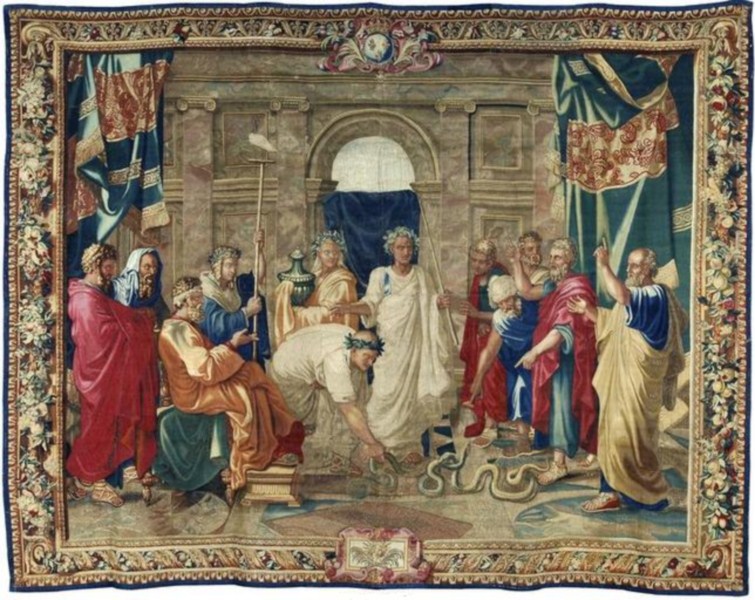Dictionary:תַּנִּין/0
Jump to navigation
Jump to search
תַּנִּין
This page is a stub.
Please contact us if you would like to assist in its development.
Please contact us if you would like to assist in its development.
| Part of Speech | Noun |
|---|---|
| Occurrences | 14 |
| Possible Meanings |
|
| Related Words | תַּן |
 | |
| Image | Click for תַּנִּין in Art |
Biblical Occurrences
The noun "תַּנִּין" appears 14 times in Tanakh,1 always referring to some type of living creature, although its exact identification is unclear. In about half of the verses it is associated explicitly with the water,2 while in others it parallels a פתן, commonly understood to be a venomous snake.3
Possible Meanings
The "תַּנִּין" is variously described as big, mighty, primeval, and capable of eating others, leading to several suggested identifications:
1. Sea creature or monster, perhaps a crocodile
- Biblical verses – Most of the verses can sustain this meaning.
- Additional data –
2. Serpent
- Biblical verses – Devarim 32:33 and Tehillim 91:13 may support this interpretation.
- Additional data –
3. Dragon
- Biblical verses – see LXX Shemot 7:9-12.
- Additional data –
Disputed Cases
Shemot 7:9-12
- Serpent – Targum Yerushalmi (Yonatan), Rashi, Lekach Tov, Sforno and others. This explanation is motivated by the parallel between the sign described here and that described in Shemot 4:3 where the staff is transformed into a snake ("נָחָשׁ"). Hashem's words to Paroh "וְהַמַּטֶּה אֲשֶׁר נֶהְפַּךְ לְנָחָשׁ תִּקַּח בְּיָדֶךָ" in 7:15, which appear immediately after the wonder of the "תַּנִּין", might further suggest that the "תַּנִּין" and "נָחָשׁ" are one and the same.4 According to this understanding, it is possible that Hashem chose this sign in particular to mock Paroh, as the snake was the symbol of Egypt, often adorning the king's crown. Snakes were also used by Egyptian magicians, and the sign of the "תַּנִּין" thus was an apt demonstration of Moshe and Aharon's superiority.
- Sea creature or crocodile – R. S"R Hirsch, R. D"Z Hoffmann, U. Cassuto.5 This approach might be motivated by the description of Paroh in Yechezkel 29:3 as the "הַתַּנִּים הַגָּדוֹל הָרֹבֵץ בְּתוֹךְ יְאֹרָיו", a water creature which symbolized the power of Egypt. The sign of the "תַּנִּין" is thus mocking Paroh's self-perceived power.6
- A dragon – The LXX Shemot 7:9-12 renders "תַּנִּין" as a "δράκων" (drakon), only in these verses but not in the rest of Tanakh.
- –
- –
Relationship to Synonyms
- –
- –